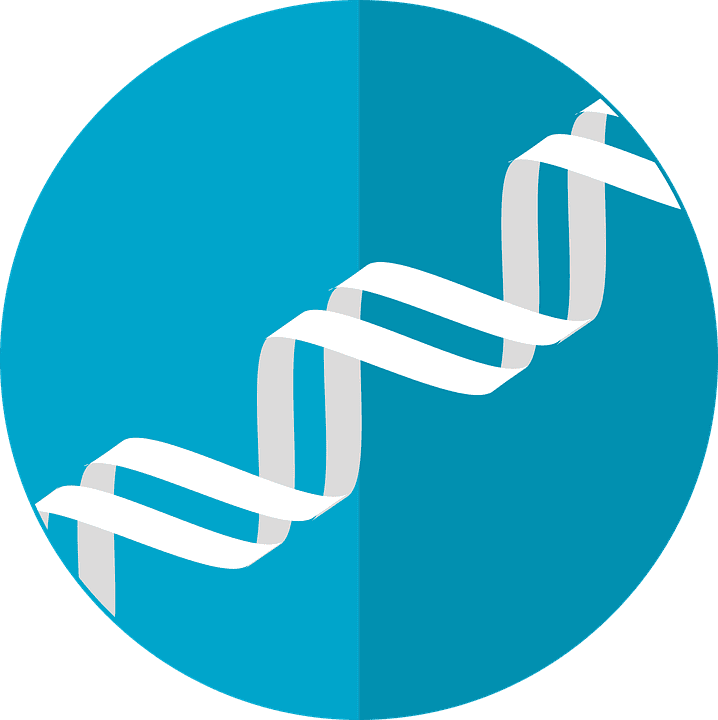Whenever you need to e-mail a friend digital file that’s way too large, such as a video recording or a high-resolution image, the usual course of action is to zip the file to a more manageable size. Softwares that ‘zip’ or compress files work their magic by removing redundant information and then restoring it during uncompression. Nothing is lost in the process. Now, scientists at ETH Zurich are experimenting with zipping nature’s most efficient data storage medium: DNA.
The basic principles behind DNA compression are basically the same as those for the digital counterpart. If an element comes up often in the DNA sequence, it will simply only show up once instead of getting unnecessarily repeated every time. One important area where this can work applies to promoters, which are sections of DNA that regulate how and whether or not a particular gene is read. For instance, if a DNA sequence contains four different genes that all have the same promoter, it will be included only once by the ETH method.
Removing redundancies is one piece of the puzzle. Swiss researchers were also careful to craft assembly rules, familiarly known as ‘compressed encoding’. For instance, after receiving a joint promoter, the four genes in the aforementioned example are equipped with stop sequences and different binding sites for the enzyme that opens, rotates, and reassembles DNA strands. The enzyme, called recombinase, effectively takes on the role of the decompression software. Once reassembled, each of the four genes will receive its own promoter.
Compressing DNA could prove highly useful to transport genetic information into cells where the ‘compressed DNA’ can assemble into functioning genetic code. Such an approach could prove invaluable in certain synthetic biology or biotech applications where scientists face challenges in implanting large amounts of information into cells. You can only load limited amount of DNA into the transport vehicles currently employed for this purpose.
The ETH method allows scientists to implant large ‘genetic programmes’, for lack of a better term, into mammalian cells. Just like a software, these man-made instructions carry out specific tasks within cells in order to achieve a specific goal. For instance, the zipped code can decompress inside a cell to instruct the production of complex substances such as active ingredients for medicines.
In the future, such genetic programmes could carry out some incredibly complex tasks, like as cancer targeting. After detecting cancer (i.e. the marker), the programme could potentially send the necessary instruction to eliminate the tumor cells. Scientists have proven that such an approach works in cell cultures and are experimenting with the method in an animal model.
“Our research is often inspired by computer science and information technology,” explains Kobi Benenson, Head of the Synthetic Biology Group at ETH’s Department of Biosystems Science and Engineering in Basel.
Scientific reference: Genetic programs can be compressed and autonomously decompressed in live cells, Nature Nanotechnology, nature.com/articles/doi:10.1038/s41565-2017-0004-z.










